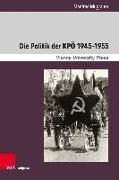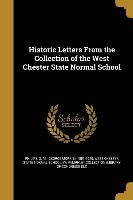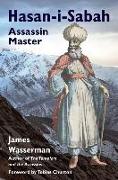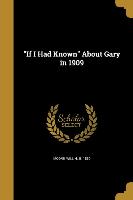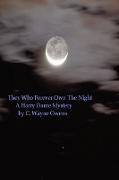- Start
- Die Politik der KPÖ 1945-1955
Die Politik der KPÖ 1945-1955
Angebote / Angebote:
Das erste Nachkriegsjahrzehnt ist jene Periode der österreichischen Geschichte, in der die KPÖ über den größten Einfluss auf die innenpolitische Entwicklung verfügte. Aufgrund der Schlüsselstellung der sowjetischen Besatzungsmacht und infolge ihrer Rolle im antifaschistischen Widerstand war die KPÖ an der ersten Regierung der Zweiten Republik als gleichberechtigte Partnerin von SPÖ und ÖVP beteiligt. In den folgenden Jahren entwickelte die KPÖ ihre Politik im Spannungsfeld von Regierung und Opposition, im Lavieren zwischen »konstruktiver Staatspartei« und Konfrontation mit den beiden Großparteien. Als sie im November 1947 aus der Regierung ausschied, hatte sich ihre Rolle von einer Regierungspartei zur Außenseiterin im österreichischen Parteiensystem gewandelt. Angesichts des Kalten Krieges und des antikommunistisch geprägten politischen Klimas wurde die KPÖ in die Isolation gedrängt, was durch ihre Identifikation mit der sowjetischen Besatzungsmacht begünstigt wurde. Ab 1947 konzentrierte sich die KPÖ auf außerparlamentarische Aktivitäten, die ihren Höhepunkt in der Streikbewegung vom September und Oktober 1950 fanden. Die KPÖ konnte sich dabei als Hauptkraft gegen die kapitalistische Restauration profilieren.
The first post-war period was the decade in which the Communist Party of Austria had the largest influence on domestic political developments. The KPÖ participated in the first government of the Second Republic as an equal partner alongside the Socialist Party of Austria and the Austrian People's Party. This was due to key position of the Soviet administration as well as due to its role in the antifascist resistance. In the following years, the KPÖ designed its policies between the conflicting poles of government and opposition, manoeuvring between being a "constructive state party" and confrontation with the two main parties. After the party abandoned government, its role changed from being a governing party to being an outsider within the Austrian party system. Now the weight of the KPÖ was determined by the Cold War: in view of the anticommunist political climate, the KPÖ was forced into isolation which was nurtured by its identification with the Soviet occupying force. From 1947 onwards, the KPÖ focussed on extra-parliamentary activities, culminating in the strike movement of September and October 1950.
Libri-Titel folgt in ca. 2 Arbeitstagen
